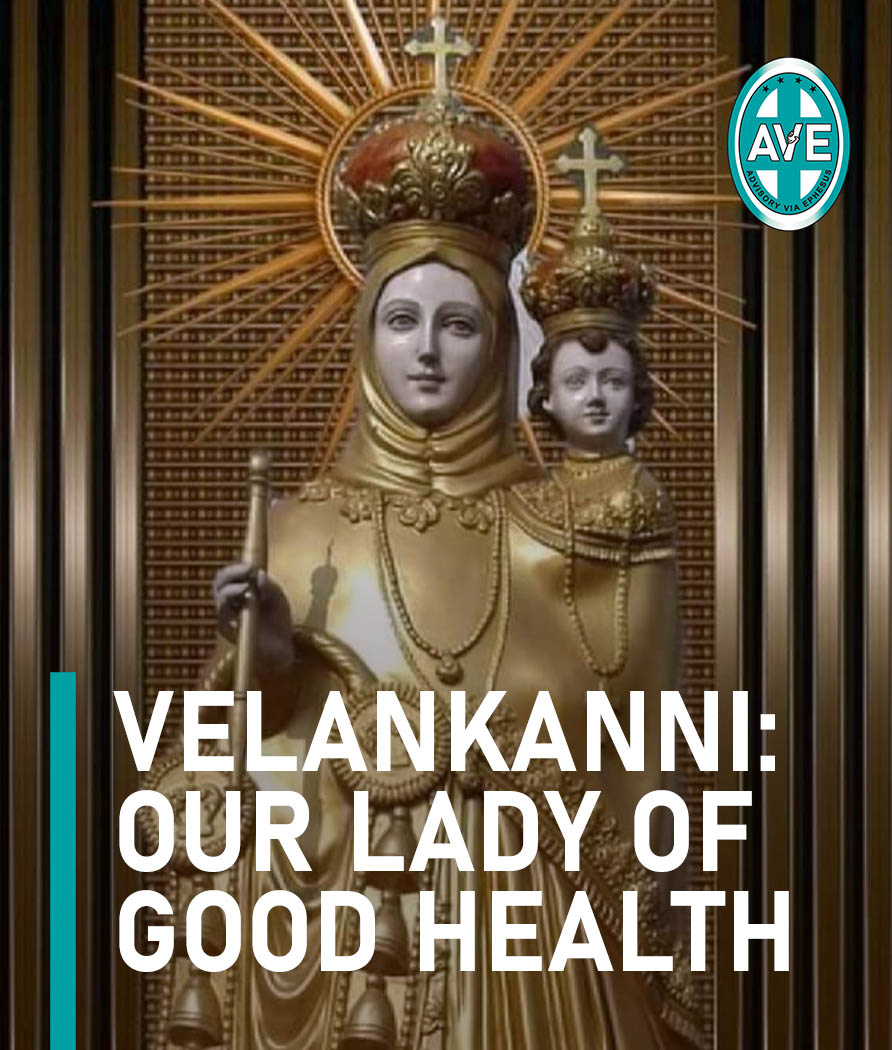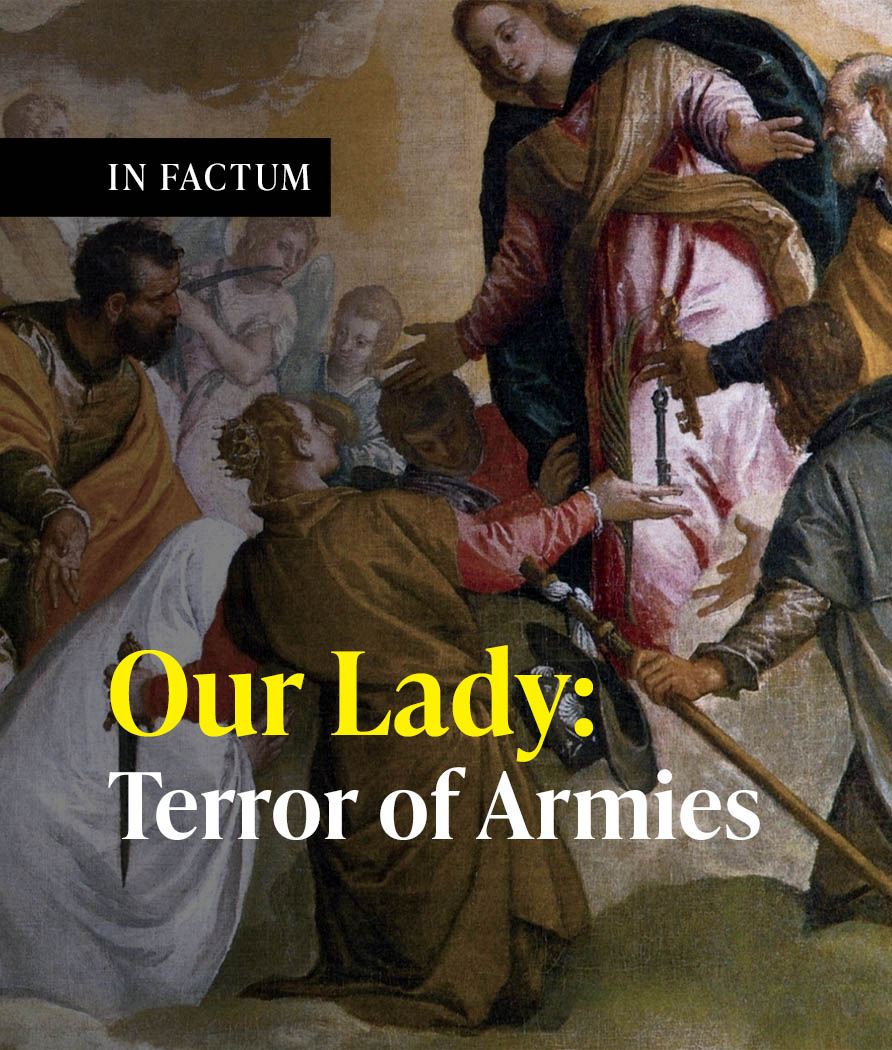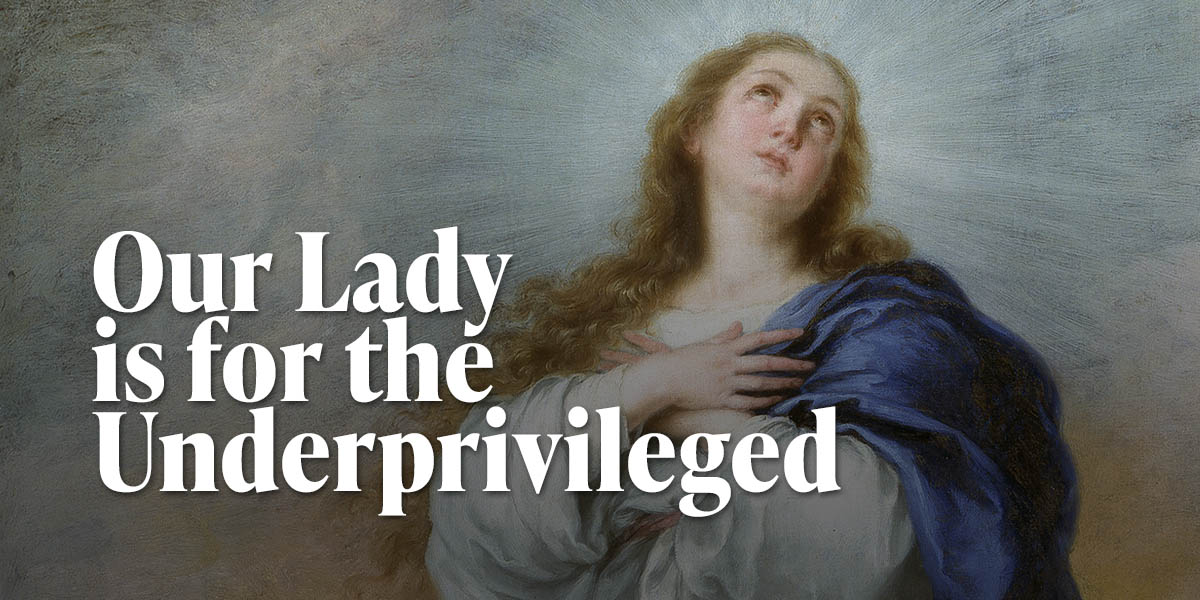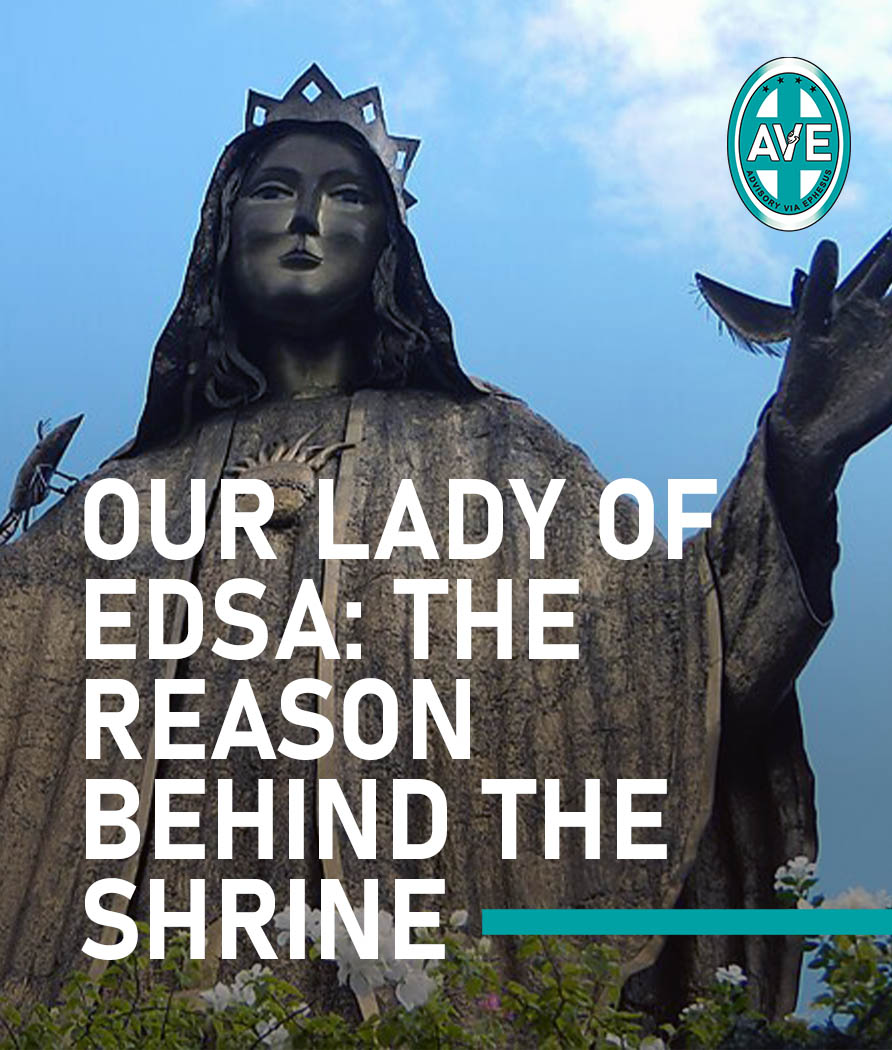We chose however to give you more exotic examples of female deities which are lesser known and trace how they capture the imagination and then the adoration of the people. We have for example, Cihuacoatl from the Aztec (they do not call themselves Aztecs but are people of Mexica) from where Mexico gets its name. In this culture, Cihuacoatl or Quilazti, is the earth goddess, where in Tenochtitlan, where she is represented as a woman-snake wearing white. According to the legend, she abandoned her son but soon filled with remorse, returned for him but she found only a sacrificial knife on the spot. Overcome with sorrow, she shed so much tears which became the Lake Xochomilco. This is why she is the protector of women who died giving birth and is usually called upon during pregnancy. Her tragic story had to resound more bitterly because she was expected to come back by the lake and prepare the Mexica for their tragic end. This according to the second important legend happened when the Aztec empire fell under the Spanish conquistadores. According to tradition, it is because of her that the women of Mexica are given more economic and administrative duties after the child is weaned and the men take over the child-rearing. But she is also the reason why in Tenochtitlan, sex is too much celebrated that it has become tlazalli, filth or trash.
Speaking of trash, in nearby Brazil where serious anti-religious behaviors had been video-recorded for the world to see and their repercussions, these are not at all too surprising if one knows the religions which revere the “holy harlots”, the Pomba Gira. The Pomba Gira’s unique occurrence in Brazil is due to some equally unique factors. For one, many sects also misusing the catholic saints as they do in Jamaican voodoo are prevalent in many sects outside the Catholic church which were somehow influenced by African tribal and slave cultures which had to invent their own unique churches to quench their thirst for spirituality hence the prevalence of the pombra gira in them. Spiritism as popularized by the Fox sisters in the U.S. in 1848 found its new roots in Brazil with the works of the Frenchman, Hyppolyte Leon Denizard Rivail popularly known as Allan Kardec beginning 1857. Kardecism, named after the man who popularized it in Brazil therefore, opened limitless channels for undiscerned spirits. It is therefore phenomenal that images of the pomba gira are sold and revered as those of the saints and people expect their inherence where the entranced medium manifests its presence either as the mistress of the crossroads, a disorderly femme fatale or a vixen prostitute.
Meantime, in nearby Japan, the shapeshifting kitsune is legendary. Though it may appear as other furry animals like racoon dogs, cats or badgers, the kitsune is unique fox especially if has more tails. Having nine tails is the maximum number that this spirit could have and this could transform into a very beautiful woman which many Japanese men had been seduced for taking them as wives. One may therefore relate this to a veritable Chinese influence of the Huli Jing. In both cultures relationship with fox spirit could either bring about good or bad results, from the simple act of seeing them or having intercourse with their anthropomorphic shape. It is not therefore, a far departure from stories about weretigers from China or werewolves from Europe. However, some Shinto priest or Chinese shaman points them out as demons. For instance, men who have had relationship with them would live miserable lives upon discovering them and that when they are still under the spell which made them sexual partners of these entities, they do not even notice that they are becoming dirty or are being nourished with filth. Only when they are exorcised that they discover that they are living in miserable places like trash mounds.
It is fortunate that Mexico, was visited by the Virgin Mary in the humble Tepeyac Hill as Our Lady of Guadalupe in 1531 while Europe was being ravaged by the reformation. With the Virgin Mary’s singular mission in Mexico, the people were made devoted Catholics such that if around 6 million were lost to Protestantism in Europe, about the same number if not more, of the indigenous Mexicans were converted to Catholicism by Our Lady.
The name Guadalupe itself is amazing as in Spanish it refers to the river valley municipality in the province of Caceres, Extremadura, Spain. Literally, the name Gudalupe refers to the valley of the wolves or the river of the wolves and Extremadura refers to zones not under Muslim control during the resistance against Arabian conquest of the Iberian peninsula. The Guadiana river separates Spain from Portugal. Apparently, Guadalupe would mean the place where the wolves are checked from further creating havoc.
Despite the obvious difference between the Spanish and Nahuatl language of the Aztecs, the following words which seem to echo the word Guadalupe provide us with more spiritual insights about the apparition. These are the following: 1) coatlaxopeuh (qu-at-la-ZO-peh)- the one who crushes the serpent, 2) tequantlanopeuh- she originated from the summit of the rocks, 3) tlecauahtlapeupeuh- she who emerges from the ridge of light like the eagle from fire, and 4) coatlalopeh-she who has domain over serpents and 5) tecuantlaxopeuh- she who vanishes those who devour us. Despite the fact that these were put forward because some theorized that St. Juan Diego and Juan Bernardino are Nahua speakers and do not have the “d” and “g” in Nahuatl, the way the Spanish friars heard their stories contributed more. Though non-believers will take them as too convoluted to relate to the apparition, the brothers take them as more edifying by the fact that it even relates to another Mexican legend which is the eagle killing a snake which is even published in the Mexican flag. They would even mention that Tepeyac is the hill of Tonantzin who is the Mexican pagan goddess of fertility who wears a snake skirt. So, they never heard of how Jesus’ established church is helped by heaven conquer its enemies’ outposts? For haven’t they heard of Vatican Hill being used as hill for divining by local oracles or that what used to be Lupercalia and Saturnalia were transformed into Christmas? For what could be the day of wolves or the day of Satan can be transformed into a day of Christ just because of goodwill. There are still so many amazing things about the Marian apparition in Tepeyac such as the eyes of the Virgin that registered the real images of persons concerned and the tilma which have disintegrated hundreds of years ago but it is up for the unbelieving to research more if he dares.
Brazil despite its peoples cavorting with necromancy and spiritism, because of its majority Catholic orientation is still blessed with sacramentals and at least an apparition. Like the images in the Philippines which are discovered or found in various ways, the Nossa Senhora de Aparecidos was found by fisherfolk and devotion to her grew by bounds in time like the Nuestra Senora de la Paz y Buenviaje of Antipolo which was found on a Tipolo tree. Today Our Lady of Aparecidos (Revealed) is the national patroness of Brazil and is celebrated every twelfth of October, the eve of the great miracle of the sun in Fatima. While other apparitions in Brazil are still under investigation, the apparition of the Nossa Senhora das Lagrimas has already gained recognition as one of its seers is already on the way to beatification. The sparse apparitions which spanned two years (1936-37) for the investigations have visionaries which are namesakes; Maria da Luz (who became a nun and stigmatist) at that time 13, and Maria das Conselcao, at that time 16 years old, but shorter in stature. They were collecting castor oil beans when the lady appeared in the Isenberg where the plants were growing. She was dressed like the Lady of Mt. Carmel in the cathedral in Pesqueiria and holding the Baby Jesus, too and presented the rosary which according to her, have the beads that represents her tears. During the investigation, one of the priests sent only his secretary but when he was presenting a negative report from questions designed to really thwart objectivity, he could not present the negative report because what had been written were lost and the papers totally blank. On the other hand, the other priest went as far as using Latin and German but was impressed with the theology of the answers as if the girls were really conversant and fluent with the languages used. These events in the state of Pernambuco, municipality of Pesqueiria in the district of Cimbres had the lady stating herself as of Grace and warning about chastisements and communism which was fast growing at that time in Brazil without much notice. As we see here, Our Lady did not abandon Brazil in spite of the fact that the devil had poisoned the wells by strengthening the belief in pombra gira and Kadecism.
It was a new faith revealed through the Nossa Senhora de Aparecidos about the Brazilians’ devotion and not a revelation from some dead individual discussing “wisdom” like it was again coming from the Book of the Dead as many Brazilian publications were coming out allegedly authored by dead individuals through spiritualism. But Our Lady as the Nossa Senhora das Lagrimas is the real “Seat of Wisdom” as she teaches herself to be of Grace and implying the source of her sacred tears. Not some street-smart prostitute spirit who possess women and commit them to disgrace and scandalous behavior.
And in Akita, Japan, since devotion to “Our Lady of All Nations” was eclipsed by the protestant teaching of Dutch priests of the communion in the hand, a wooden replica of the same had a remarkable story. Despite the fact that the Buddhist sculptor Saburo Wasoka had unwittingly made the Lady obviously Japanese in 1963 when he was commissioned, the devotion of the Seitai Hoshikai nuns have been blessed so much. Ten years later, the Institute of the Handmaids of the Sacred Heart of Jesus in the Holy Eucharist had one of its nuns, Sister Agnes Katsuko Sasagawa blessed with the apparition of what is now known as Our Lady of Graces which has its feast day on June 12, the Philippine day of independence. Sister Agnes who had been doubted by some of her sisters before in fact was miraculously cured of her premature infantile ailments including deafness and was given the grace of cross-shaped stigmata. This stigma was also manifested by the miraculous statue which also wept with tears and blood but on the other hand. Bishop Joseph Sojiro Ito and Sister Agnes both interpreted this to mean that communion in the hand is not pleasing to God.
It is not only the lacrimations of the statue that are phenomenal about Akita since the tears were found to be human and the blood type, human as well with type AB+. The most phenomenal one is the reason why the then Cardinal Joseph Ratzinger told Bishop Ito that he doesn’t have to worry about the church’s approval of the Akita apparitions. Bishop still expressing worry was told that it had been approved already for the simple reason that was kept as the Third Secret of Fatima was the same message given at Akita concerning turmoil in the Catholic church and its being infiltrated.
There is no elemental copycat involved here like the huli jing or the kitsune, the “Lady of all Nations” is the same Our Lady of Fatima and Our Lady of Graces who would need a magical metamorphosis in order to carry out a good or bad omen. The 1917 message of Fatima was the same as the 1973 message. Fatima was a favorite name of Mohammed because of his auntie and eldest daughter and it simply got adopted in Portugal because of the Muslim invasion hence the syncretism of nations under one Lady who would stand on the crescent moon, the symbol of Sin, the moon god from whom the Eid’I Fitr festivities originate; and would crush the head of the serpent as she did in Mexico with the Mexican magnolia representing the still-palpitating heart of the Mexican human sacrifice represented in her apparel as Our Lady of Guadalupe.
In fact, it was in the crucial battle of Lepanto where Our Lady of Guadalupe was invoked because the Christians are greatly outnumbered by the Moors. This is also the battle where St. Pope Pius V first incorporated the Litany of Loreto in the praying of the rosary and was given the vision of an overwhelming victory even though there were no modern lines of communication yet. Apparently, the Virgin Mary, Help of Christians, did not neglect her children. Because of the victory that saved the whole of Europe from Islamic advance a new feast for Our Lady of Victories was instituted by the Pope on October 7, 1571.
It is quite remarkable that the person of the Virgin Mary is the subject of imitation by other entities exemplifying feminine power and influence in different cultures and places of interest. But the attempts in the Philippine islands are rarer still. It was only here that mountain fairies acting as sovereigns are surprisingly all named Maria. From Mariang Sinukuan to Mariang Makiling to Mariang Banahaw to Mariang Makulot; from Pampanga, Laguna, Quezon and Batangas they are all named Maria underscoring the fact that in some colorum sects, they really believe that the elemental sovereigns are really her. This is how important she is, especially in the end of times when the enemy elements would use deception in order to lessen the powers given to her by God.
Wadi Watkalulu
Icarus Leido
Komu Seyama
Tariq Sulayman











